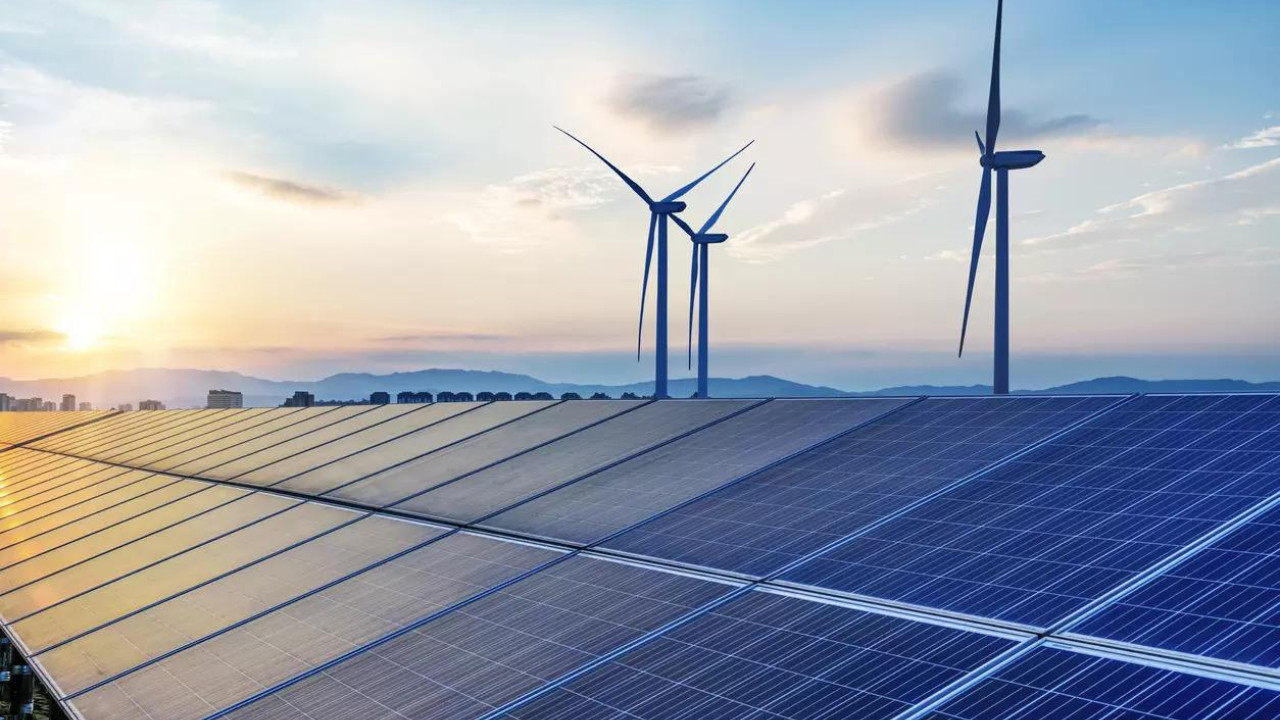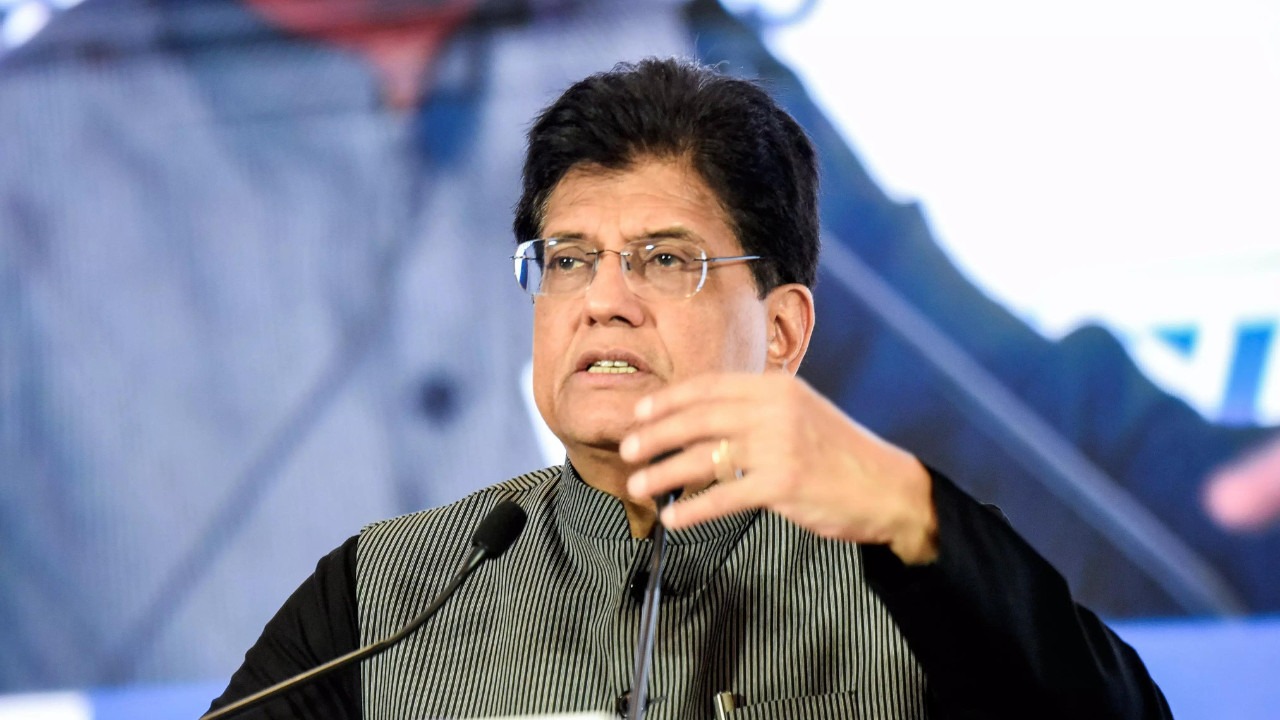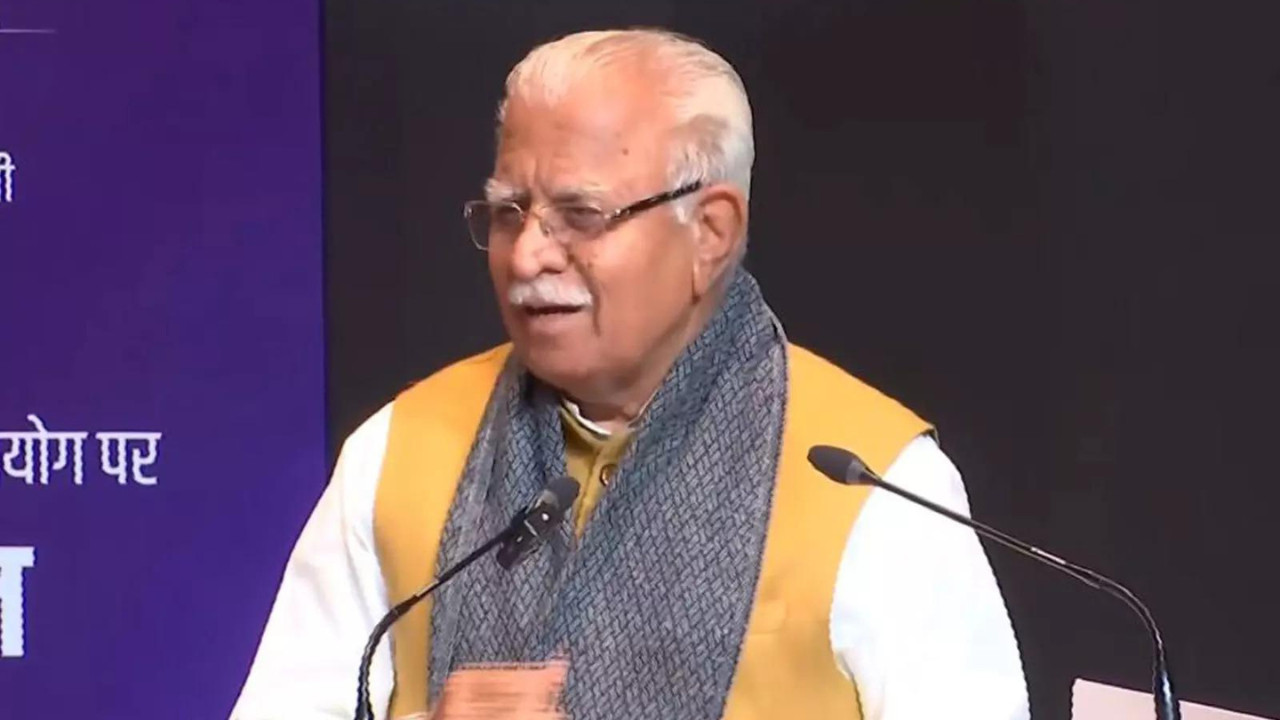India’s fiscal deficit reached 29.9% of its full-year target by July, surpassing the previous year’s 17.2%. Despite this, the Indian economy experienced robust growth of 7.8% in April-June, fueled by a strong performance in the agricultural sector, which grew by 3.7%. Manufacturing also saw a slight increase, contributing to India maintaining its position as the world’s fastest-growing major economy.
Navigating India’s Fiscal Tightrope: Understanding the Deficit
The latest figures are in, and they paint a picture that requires careful attention. India’s fiscal deficit, the gap between what the government earns and what it spends, has widened to 29.9% of the full fiscal year target by the end of July. That’s according to data recently released by the Controller General of Accounts (CGA). This figure, compared to last year’s 20.5% for the same period, hints at underlying pressures within the Indian economy. What does this mean for the average citizen, and what levers might the government pull to regain its footing?
Why the Gap? Unpacking the Numbers
Several factors contribute to this widening deficit. For starters, government expenditure has understandably been higher than anticipated. Think infrastructure projects, social programs, and various initiatives designed to boost economic growth. While these investments are crucial for long-term prosperity, they inevitably require significant upfront capital. On the other side of the coin, revenue collection hasn’t kept pace. Several factors could be responsible for this – slower than anticipated economic activity in certain sectors, fluctuations in global commodity prices impacting import duties, or even lags in tax collection efficiency. Parsing through the detailed CGA report reveals this tug-of-war between necessary spending and revenue generation.
Expenditure Drivers: Where is the Money Going?
Examining the spending side of the equation provides valuable context. The government has been actively pushing infrastructure development, aiming to improve connectivity and stimulate economic activity. Initiatives like the expansion of the national highway network, investment in railway infrastructure, and the development of ports are all contributing factors. Furthermore, social sector spending remains a priority, with funds allocated to programs focused on education, healthcare, and rural development. These investments, while essential for social well-being, add to the overall expenditure burden. This increased spending reflects the government’s commitment to long-term growth, and it will be interesting to see if it delivers the expected returns.

Revenue Realities: The Challenge of Filling the Coffers
The other side of the fiscal coin is revenue. While direct tax collections have shown reasonable growth, indirect tax revenues have faced some headwinds. Global economic uncertainties, coupled with fluctuations in commodity prices, impact import duties and excise collections. Furthermore, the pace of economic recovery in certain sectors plays a crucial role. If key industries are not performing at their full potential, it inevitably affects the government’s revenue stream. Delays in privatization or divestment of public sector units can also hinder revenue generation. Achieving a balance between encouraging economic growth and ensuring adequate revenue collection is a delicate act.
Navigating the Economic Landscape: Government Strategies
So, what can the government do to address this widening deficit and stay on track with its fiscal goals? A multi-pronged approach is essential. On the expenditure side, efficient resource allocation and project implementation are crucial. Streamlining processes, reducing leakages, and ensuring that funds are used effectively can help optimize spending. On the revenue front, measures to boost economic growth, improve tax compliance, and enhance revenue collection efficiency are vital. The government might also explore strategic divestments or monetization of assets to augment its revenue stream. Finally, maintaining a stable and predictable policy environment can encourage investment and boost economic activity, indirectly contributing to higher revenue collection.
The Bigger Picture: India’s Fiscal Future
While the widening fiscal deficit raises concerns, it’s important to remember that fiscal policy is a dynamic process. The government has demonstrated its commitment to fiscal consolidation in the past, and it possesses the tools and expertise to navigate these challenges. The key lies in striking a balance between promoting economic growth, investing in social development, and maintaining fiscal discipline. The coming months will be crucial in determining whether the government can effectively manage its finances and achieve its fiscal targets. Consider following ongoing economic reports and analyses like this one on managing India’s current account deficit for a more complete understanding.
Looking Ahead: Maintaining Fiscal Stability
Ultimately, the successful management of India’s fiscal deficit will hinge on a combination of prudent fiscal policies, effective resource management, and a favorable economic environment. While the recent data points to a widening gap, it also presents an opportunity for the government to refine its strategies, strengthen its revenue collection mechanisms, and optimize its expenditure programs. The ability to navigate these challenges effectively will be crucial for ensuring long-term economic stability and sustainable growth. By proactively addressing these issues and fostering a robust economic environment, India can remain on track toward achieving its ambitious fiscal goals.







